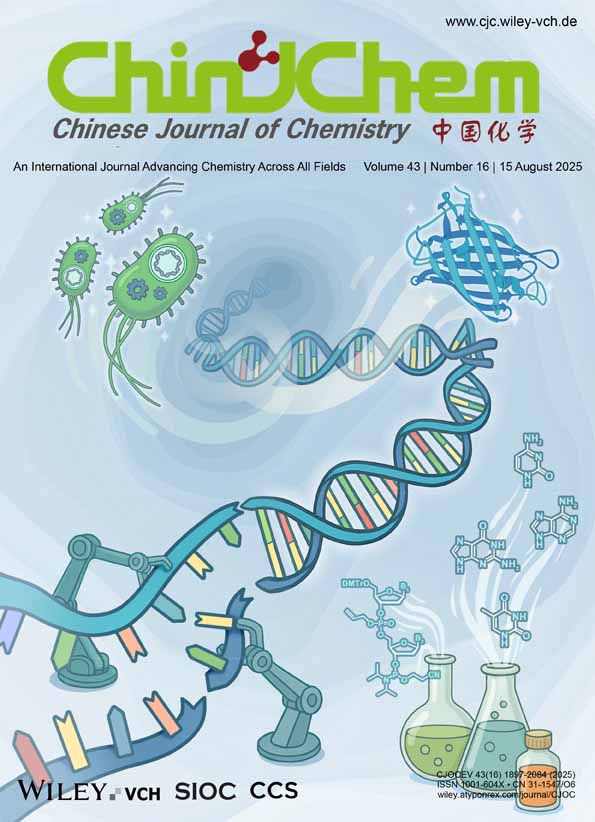Theoretical studies on the mechanism of α-hydroxy-acid gas-phase elimination process and its substituent effect
Abstract
The α-hydroxy-acid gas-phase elimination process has been studied theoretically by HF/3-21G. The calculated results can be summed up as follows: (1) The elimination process is a stepwise reaction. In the first step, a membered ring intermediate is formed via a 5-membered ring transition state; while the product is formed in the second step via a 3-membered ring transition state. (2) The obtained results of the substituent effect show that the increase of electronic donation of the alkyl groups is favorable for the reaction. Other substituents which show the electron-withdrawing inductive effect (e.g. Cl, CN, CF3) are unfavorable for this process.




